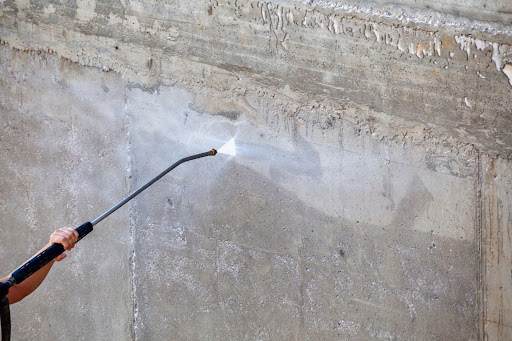In a world where body positivity and acceptance are more widely celebrated, there are still topics that remain shrouded in silence and stigma. Labiaplasty, a surgical procedure that alters the labia minora or majora, is one such topic. Despite its growing prevalence, discussions around labiaplasty often remain hidden behind closed doors, perpetuating feelings of shame and misunderstanding. It’s time to break the silence and address why talking about labiaplasty matters.
Understanding Labiaplasty
Labiaplasty is a surgical procedure aimed at reducing the size of the labia minora (the inner folds of skin surrounding the vagina) or reshaping the labia majora (the outer folds). This surgery can be performed for various reasons, including discomfort during physical activities, irritation, or aesthetic preferences. While some women seek labiaplasty for medical reasons, others pursue the surgery to feel more confident and comfortable in their bodies.
The Impact of Stigma
The stigma surrounding labiaplasty is deeply rooted in societal attitudes toward female bodies and sexuality. Many women who consider or undergo labiaplasty feel ashamed to talk about their experiences, fearing judgment or ridicule. This silence not only isolates them but also prevents others from gaining a clear understanding of the procedure.
Stigmatization can lead to a lack of reliable information and support, leaving women to make decisions based on misinformation or societal pressures. It’s crucial to recognize that labiaplasty, like any other medical or cosmetic procedure, is a personal choice. By opening up the conversation, we can help women make informed decisions that are right for their bodies and well-being.
Breaking the Silence
Talking about labiaplasty openly and honestly can help dismantle the stigma that surrounds it. By sharing accurate information and diverse perspectives, we can create a more supportive environment for those considering the procedure. It’s essential to highlight that labiaplasty is not about conforming to an unrealistic standard of beauty but about addressing individual needs and desires.
Education plays a significant role in breaking down barriers. When we talk about labiaplasty, we also need to address the myths and misconceptions that often accompany it. For example, labiaplasty is sometimes incorrectly perceived as purely cosmetic when, in reality, many women seek the surgery to alleviate physical discomfort or pain. By debunking these myths, we can foster a more nuanced and empathetic understanding of the procedure.
The Importance of Informed Decision-Making
One of the most important aspects of discussing labiaplasty is ensuring that women have access to accurate and comprehensive information. This includes understanding the procedure itself, the recovery process, potential risks, and even factors like the labiaplasty price, which can vary widely depending on location, the surgeon’s experience, and the specifics of the procedure.
Informed decision-making is empowered decision-making. When women have all the facts, they can make choices that align with their personal values, health, and goals. Open conversations can also provide a platform for sharing experiences and support, reducing feelings of isolation and helping others navigate their own decisions.
Moving Forward: A Call to Normalize the Conversation
As we strive toward a more inclusive and accepting society, it’s essential to normalize conversations about all aspects of women’s health, including labiaplasty. The silence and stigma that surround this procedure only serve to perpetuate misinformation and shame. By talking openly, we can challenge outdated beliefs, promote body autonomy, and support women in making informed choices about their bodies.
Labiaplasty is a personal decision, and it’s vital that we respect and support each woman’s choice, whatever it may be. Let’s continue to combat the stigma and create a world where every woman feels empowered to talk about her body and her health without fear or judgment.
Read Next: Essential Tribune








